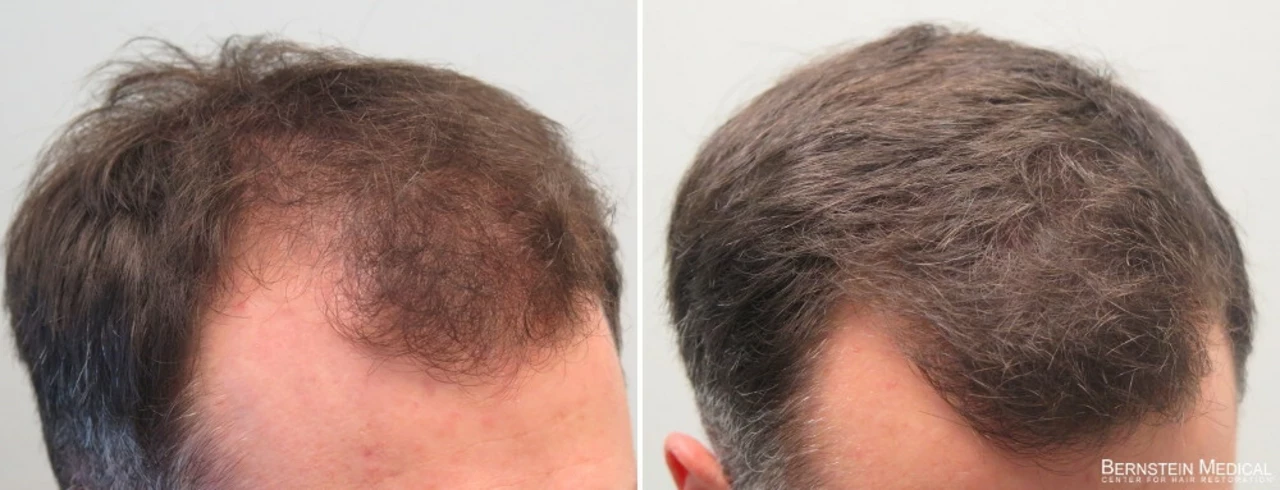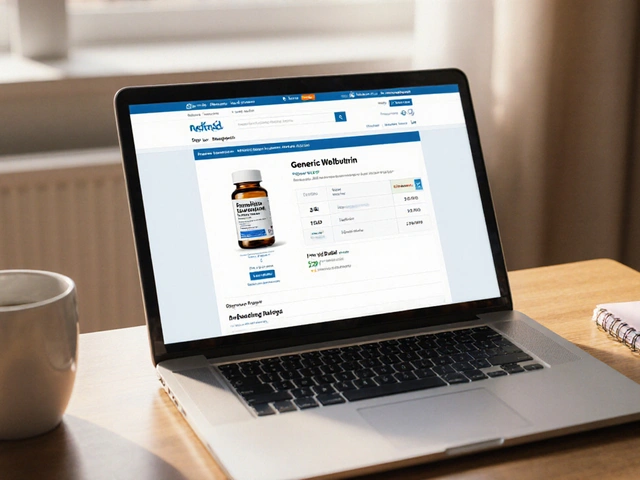Nifedipine — what it is and how to use it safely
Nifedipine is a calcium channel blocker used mainly for high blood pressure and certain types of chest pain (angina). It relaxes blood vessels so blood flows more easily, which lowers pressure and eases strain on your heart. You’ll hear about short‑acting and long‑acting forms — they work the same way, but how you take them matters.
Practical dosing and how to take it
Immediate‑release (IR) nifedipine is often 10–20 mg every 4–6 hours. Long‑acting (extended‑release, ER or GITS) tablets are usually 30–90 mg once a day. Your doctor will pick a dose based on your blood pressure, other meds, and how you respond. Don’t crush or split extended‑release tablets — that can dump the whole dose at once and cause low blood pressure.
Take nifedipine with a glass of water. If you feel dizzy when standing up, sit and rest until it passes. Don’t stop nifedipine suddenly — your blood pressure or chest pain can come back worse. If you need to stop it, your doctor will guide a gradual change.
Side effects, interactions, and warnings
Common side effects: headache, flushing, ankle swelling (edema), lightheadedness and fast heartbeat. Most are mild and improve after a few days or weeks. Call your doctor if swelling gets worse, you have trouble breathing, fainting, very fast heart rate, or chest pain that’s different from usual.
Watch for drug interactions. Grapefruit and grapefruit juice can raise nifedipine levels and cause more side effects. Strong CYP3A4 inhibitors (like certain antifungals and some antibiotics) can do the same. Combining nifedipine with other blood‑pressure medicines or nitrates can drop your blood pressure too much. Always tell your provider about prescriptions, herbal products and OTC drugs.
Don’t use nifedipine if you have severe low blood pressure, unstable angina, or critical aortic stenosis unless a specialist advises it. If you’re pregnant or breastfeeding, discuss risks and benefits with your clinician — adjustments may be needed.
Monitoring is simple: check your blood pressure and pulse at home, watch for swelling or weight gain, and report any worrying symptoms. Your doctor may test blood pressure more often when you start or change dose.
Buying tips: nifedipine usually requires a prescription. If you order online, use licensed pharmacies that ask for a prescription and list a real address and pharmacist contact. Avoid sites that sell prescription drugs without asking your doctor’s authorization.
Questions for your doctor: Is the long‑acting or short‑acting form better for me? What dose should I start with? Which side effects should I watch for? When should I check my blood pressure at home? These simple questions help you use nifedipine safely and get the most benefit.
If you’re unsure about anything — dizzy spells, severe swelling, chest pain, fainting, or sudden shortness of breath — get medical help right away. Nifedipine helps a lot of people, but like any medicine, it works best when used carefully and with the right monitoring.




